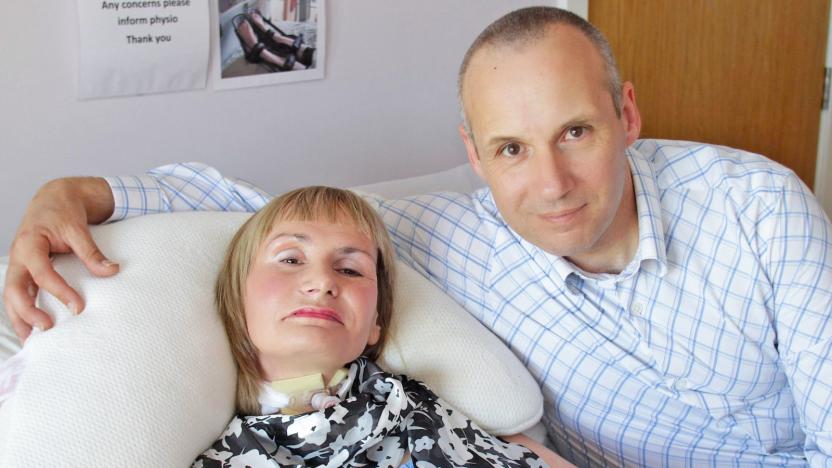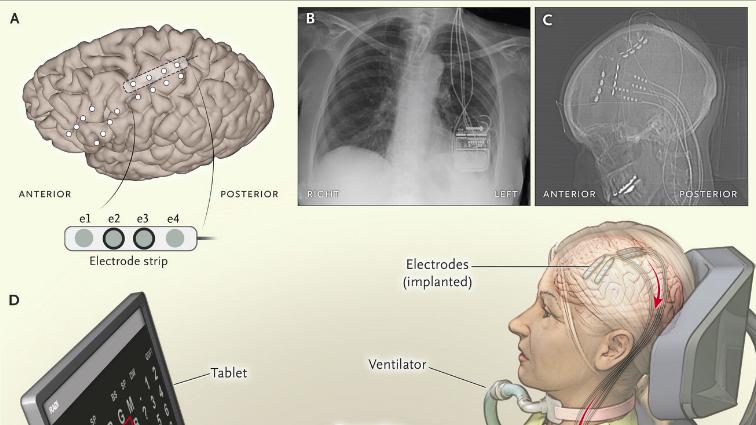LouGehrigsDisease
Latest

New brain-computer interface breaks through locked-in syndrome
Researchers have been using brain-computer interfaces to interact with patients suffering from locked-in syndrome for a few years now. But a new system from the Wyss Center for Bio and Neuroengineering in Switzerland may finally allow even the most immobile patients communicate with the outside world.

Brain implant helps a paralyzed woman communicate at home
A 58-year-old woman left paralyzed by amyotrophic lateral sclerosis (ALS, also known as Lou Gehrig's disease) has now become the first patient to use a brain-computer interface to restore some of her day-to-day functions. The woman was left "almost completely locked-in" after the disease caused her motor neurons to deteriorate to the point where she could only control her eye muscles. While brain implants have been in development for years, this particular patient has become the first to make use of one at home and outside of a research or hospital setting.

The internet's Ice Bucket Challenge funded a medical discovery
Internet sensations can do more than just trigger fond memories or confusion... sometimes, they might just lead to a vital cure. Some of the $100 million-plus in donations from the Ice Bucket Challenge (the viral video-fueled awareness campaign for ALS, aka Lou Gehrig's Disease) fully funded Project MinE, a medical research effort that just identified a gene linked with some ALS cases. Yes, that clip you shared with your Facebook friends may have given scientists the cash they needed to finish their work -- in this case, sequencing the genomes of 15,000 people with ALS to help pinpoint relevant genes.

Brain implants help the paralyzed type faster
It's possible for paralysis victims to type and otherwise communicate with the world, but they usually have to do so at a glacial pace. They might not be nearly so limited in the future, though. In experiments combining BrainGate2 (a high-speed neural implant system) with text entry software, researchers had a Lou Gehrig's sufferer type words at six words per minute. While that may not sound quick on the surface, it's incredibly fast for someone relying solely on mental activity to write a message.

